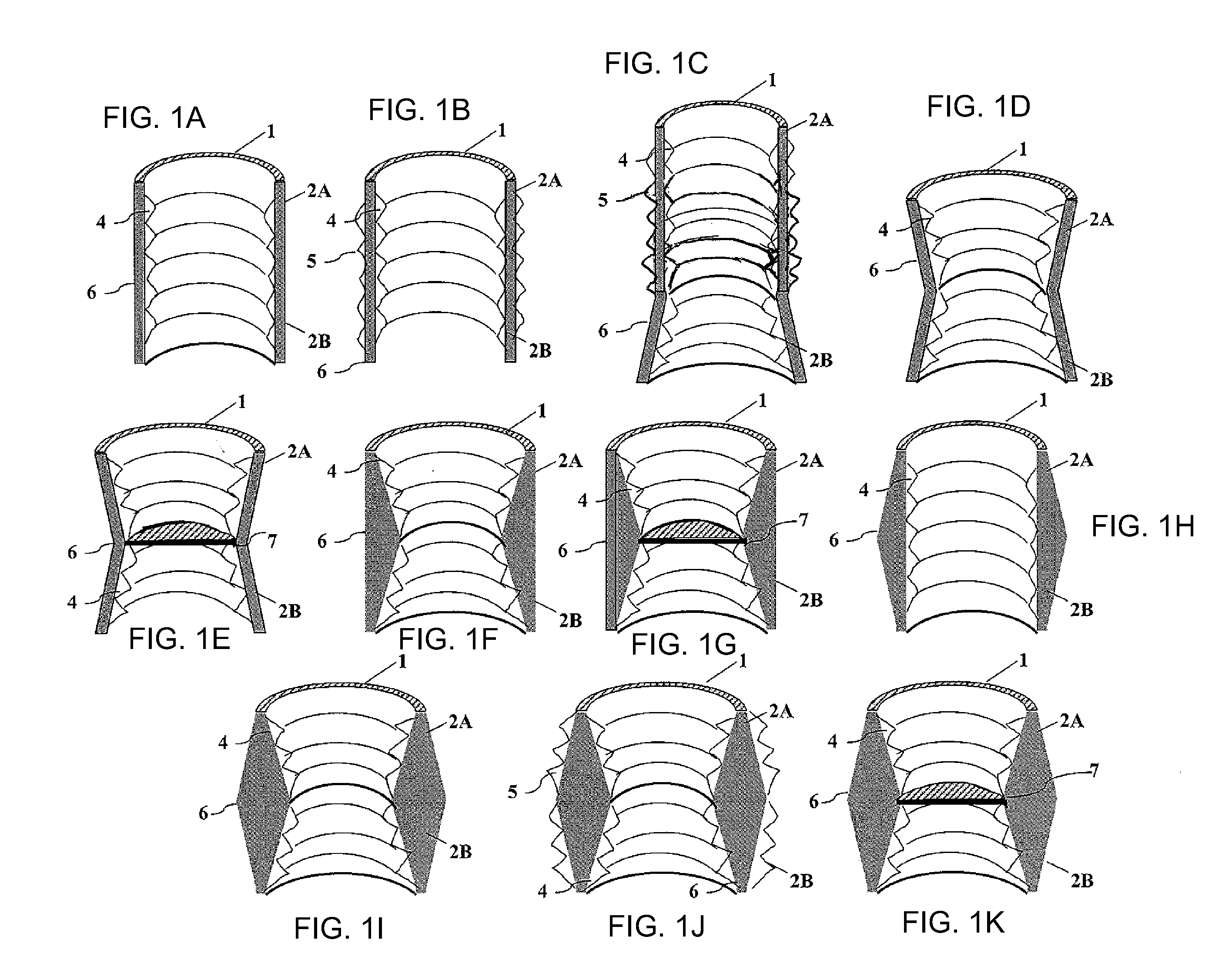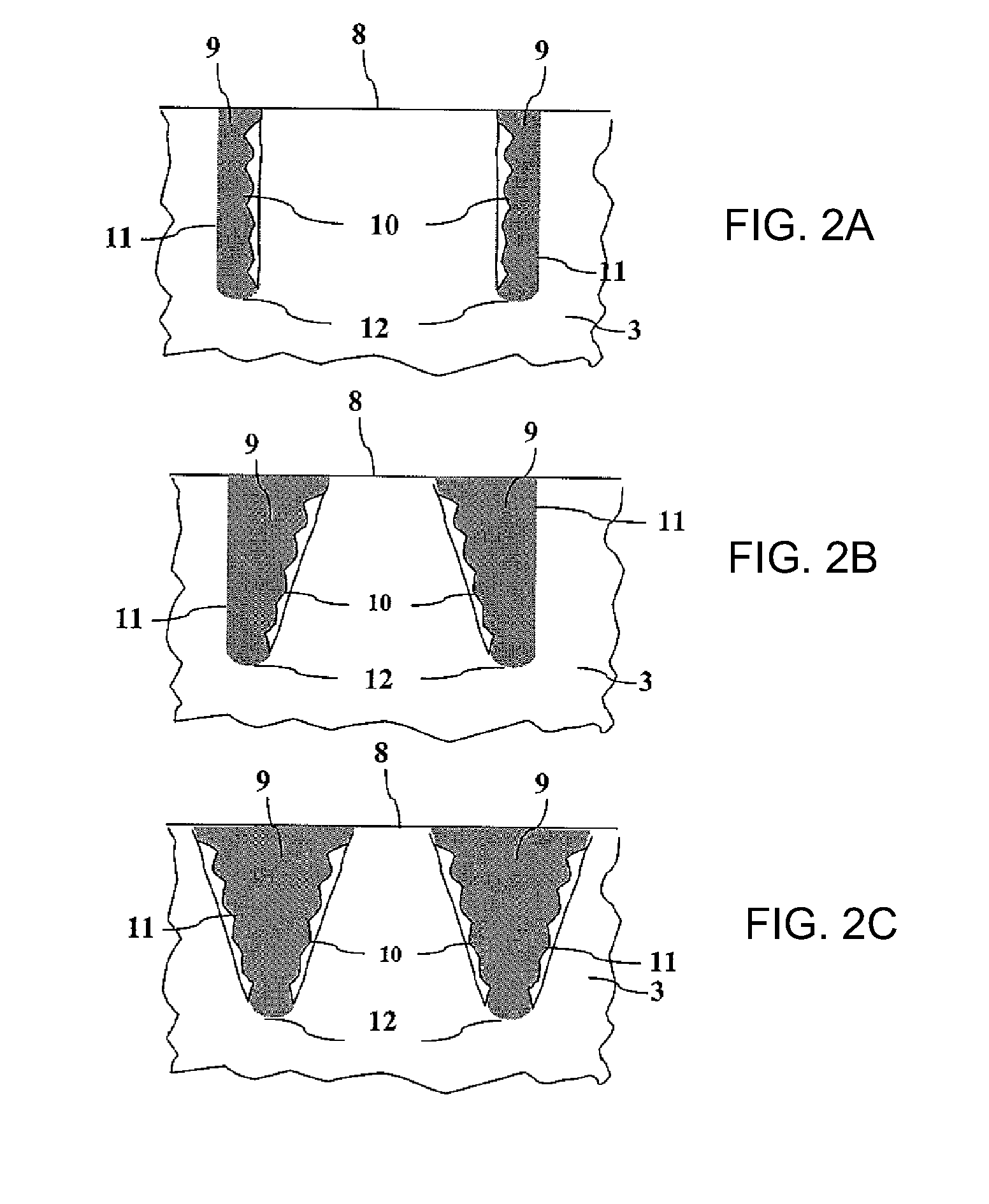Composite fastener for ceramic components
a technology of ceramic components and fasteners, which is applied in the direction of threaded fasteners, couplings, rod connections, etc., can solve the problems of relative brittleness of ceramic components, rapid cracking of ceramic components, and soon after catastrophic failure modes, so as to increase mechanical strength
- Summary
- Abstract
- Description
- Claims
- Application Information
AI Technical Summary
Benefits of technology
Problems solved by technology
Method used
Image
Examples
example
[0110]A roving consisting of 5 bundles of 12000 high-modulus PAN-based carbon fibers (diameter: 10 μm) was impregnated, under tension, with a phenolic resin at a volume ratio of 50 (carbon fiber): 50 (phenolic resin), to produce a carbon fiber-containing resin film of 200 μm in thickness in which the carbon fibers were arranged in the same direction.
[0111]An aluminum-made cylindrical mandrel was provided with threaded grooves.
[0112]This carbon fiber-containing resin film was wound around the mandrel in a plurality of layers so that the carbon fiber in each layer was arranged so that 50% by weight of the fibers were arranged in a direction with an angle of ±(10 to 20)° to the cylinder axial direction and 50% by weight of the fibers forming said tubular member are arranged in a direction making an angle of ±(70 to 90)° to the cylinder axial direction relative to the cylinder axial direction. Thereafter, a shrink tape was wound thereon. The resulting laminate was heated for curing.
[011...
PUM
| Property | Measurement | Unit |
|---|---|---|
| length | aaaaa | aaaaa |
| angle | aaaaa | aaaaa |
| angle | aaaaa | aaaaa |
Abstract
Description
Claims
Application Information
 Login to View More
Login to View More - R&D
- Intellectual Property
- Life Sciences
- Materials
- Tech Scout
- Unparalleled Data Quality
- Higher Quality Content
- 60% Fewer Hallucinations
Browse by: Latest US Patents, China's latest patents, Technical Efficacy Thesaurus, Application Domain, Technology Topic, Popular Technical Reports.
© 2025 PatSnap. All rights reserved.Legal|Privacy policy|Modern Slavery Act Transparency Statement|Sitemap|About US| Contact US: help@patsnap.com



